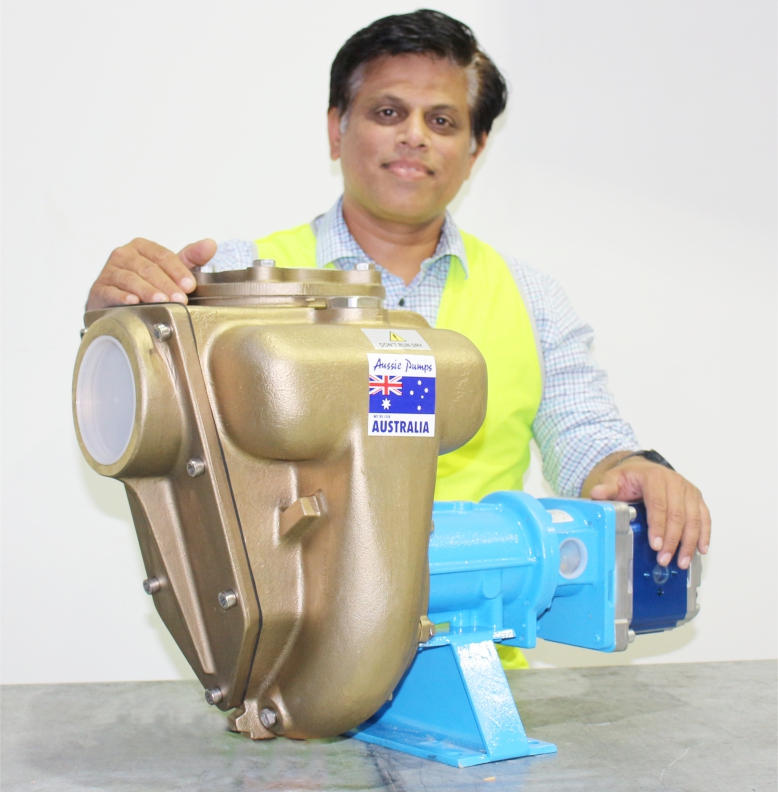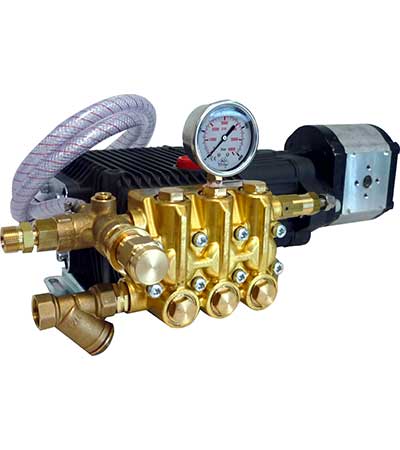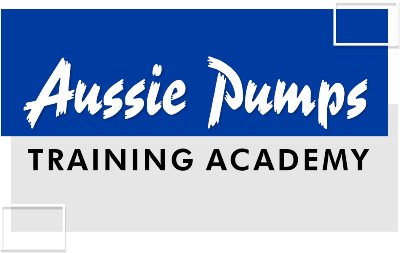Handling highly corrosive acid liquids on mine sites is not confined to gold, zinc, copper or nickel processing. Even coal mines often have the same problems.
(This story appeared in Australian Mine Review Sept 2023)
Whether the application is dewatering, or a more complex leachate treatment involving filtrate systems, cast iron and even low grade stainless steel pumps will be subject to severe corrosion.
Australian Pumps has confronted this issue by developing a range of 316 cast stainless steel self priming pumps. These are available in diesel engine and electric motor drive configurations.
CORROSION TOO COMMON
Since introducing the range, Aussie Pumps has seen a ready acceptance of the Aussie GMP “X” stainless steel pumps for mining applications. In highly corrosive locations, 316 stainless components with Viton seals and elastomers are extremely durable.
Australian Pump first started marketing a range of heavy duty cast iron semi trash pumps into the construction and mining sectors.
“We found that although the pump performance was suitable, corrosion was far too common,” said Aussie Pumps Chief Engineer John Hales. “Impellers were damaged and service life was limited to around six months.”
Aussie solved that problem by introducing 316 stainless steel impellers into cast iron bodies. However, eventually the integrated volute in the pump body started to be eaten away. That causes a loss of performance and efficiency.
That drove the company to develop more durable range of pumps. These featured stainless steel bodies, paired with stainless steel impellers. The major increase in materials cost was kept to a minimum by increasing production volumes and economies of scale.
STAINLESS STEEL MINE PUMPS
The result was a highly competitive range of stainless steel semi trash pumps suitable for mining applications.
Aussie was able to offer both high volume and high head versions. These robust pumps self-prime easily, based on the “big shoulder” integrated tank design.
With 316 stainless steel components and Viton seals, the pumps were very reliable. The 2” high flow version delivers flows up to 440 litres per minute and has a top operating head of 20m.
All pumps self prime through a vertical lift of 6m. The 2” and 3” ranges are available in either single or three phase heavy duty TEFC electric motors with an IP rating of 54.
The 3” series, B3XRA-X is available in 4kW and 5.5 kW configurations. These produce flows up to 1400 lpm and heads as high as 28m. The 4” high volume pump was designed specifically for high volume water transfer. It is a 15 kW configuration that delivers 2100 lpm at a total of 31 m head.
BIG OPEN IMPELLERS
Australian Pump engineers soon realised that it wasn’t just high volume pumps that were required for corrosive liquids. Many mines needed higher pressures but still the same simplicity of a self priming centrifugal design. The requirement for higher head pumps became obvious.
“Mine engineers love the big open impellers on the high volume pumps,” said Hales. “The 316 stainless steel versions were quickly adopted and became very popular.”
Aussie Pump engineers, working with a leading European pump engineering company, came up with a range of high pressure motor pumps that deliver heads as high as 70 m and flows up to 2250 lpm. That equates to an impressive 135 cubic metres per hour.
HIGH PRESSURE RANGE
The pumps needed open impellers to pass small solids, but at the same time possess high pressure capability. Aussie achieved this by using a high pressure, open impeller.
The high pressure range in stainless steel, now includes a 2” pump with heads as high as 32m (50 psi) and 3” pumps in the G3TMK-A/X line-up with a horsepower range of 5kW, 7.5kW and 11 kW.
Those big 3” pumps quickly became popular because of their combination of high pressure and flow. For example, the 11 kW version will deliver 1,100 lpm and has a maximum head of 55m. The pumps are self priming for easier operation.
 DIESEL DRIVE
DIESEL DRIVE
Not every corrosive liquid application on a mine site has access to electric power.
Aussie Pumps started making diesel drive machines, beginning with 2” series using Yanmar L48 4.8hp electric start diesel engines.
Those early models developed into a “Mine Boss” configuration, built tough for mine site conditions.
The Mine Boss has a 32mm stainless steel tube frame with integrated lifting bar, and stainless steel base with anti-vibration mounts. Other features include E-stop and battery isolation, a lockable battery case, and fire extinguisher.
Those pumps are working hard every day in the mines. Some have been in use for almost ten years without even replacing mechanical seals.
Aussie Pumps started making bigger diesel drive machines, using Kohler KD625 air cooled diesels to run the big 4” model B4XR-A/X stainless steel pumps. These large pumps are very popular on many sites where big flows up to 2100 lpm are required, and deliver a maximum head of 31 m.
HYDRAULIC DRIVE
The 316 stainless steel, high volume, high pressure pumps in electric motor and diesel engine drive proved very popular. The next step was to go hydraulic.
This looks very promising for applications where corrosive liquids are required. One obvious area of requirements is drilling equipment. Most drill rigs use slurry pumps but liquids can be highly contaminated, creating real wear inside pumps.
Improved service life of the pump equipment justifies the additional cost of 316 stainless steel.
ALWAYS INNOVATING
Aussie has already developed stainless steel impellers for our big 6” model B6XR-A cast iron pump. If the demand is there, we will develop a cast 316 stainless steel version of that big high volume trash pump.
The Aussie GMP range in stainless steel, is coming into its own to complement the existing high penetration that Aussie Pumps has in the mining industry, in Australia, and globally.
more information on stainless steel mine pumps.


 DIESEL DRIVE
DIESEL DRIVE


